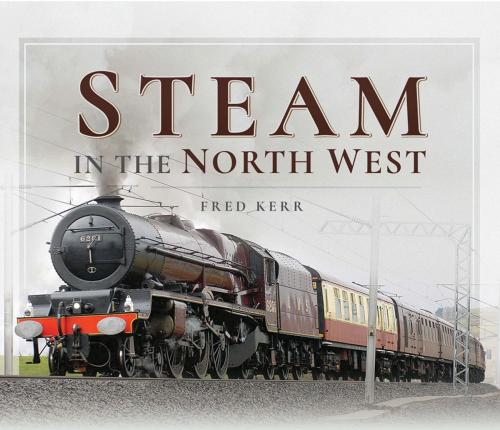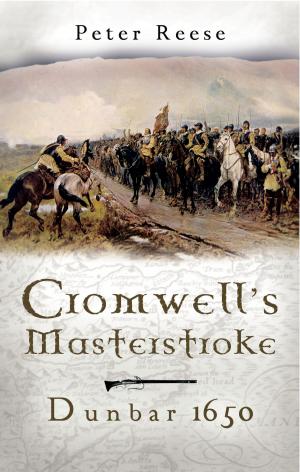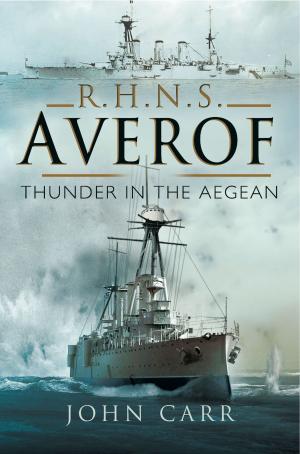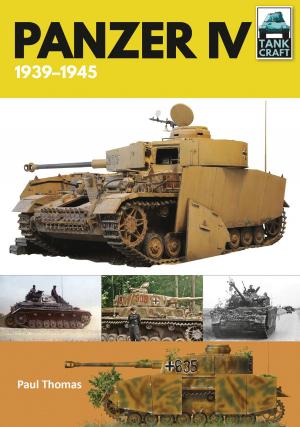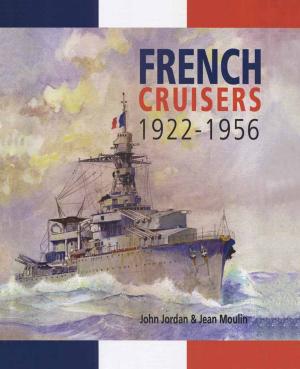Steam in the North West
Nonfiction, Reference & Language, Transportation, Railroads, History, British, Business & Finance| Author: | Fred Kerr | ISBN: | 9781526717474 |
| Publisher: | Pen and Sword | Publication: | April 30, 2018 |
| Imprint: | Pen and Sword Transport | Language: | English |
| Author: | Fred Kerr |
| ISBN: | 9781526717474 |
| Publisher: | Pen and Sword |
| Publication: | April 30, 2018 |
| Imprint: | Pen and Sword Transport |
| Language: | English |
When BR ran its “15 guinea Special” in August 1968 many believed that steam locomotives would quickly become a “thing of the past” and that future workings would be restricted to the heritage lines which had begun to appear. Initially that seemed to be the case with the only exception being the famed A3 Class Pacific 4-6-2 ‘Flying Scotsman’ whose owner had signed a contract with BR that allowed the locomotive to operate beyond that date.
Change came in 1971 when BR trialled the operation of ‘King’ Class 4-6-0 6000 ‘King George V’, then based at Bulmer’s Hereford site, on a tour of the UK which confirmed the value of steam operation as a valuable aspect of publicity which the railways of the day desperately needed. Many locomotives operating on preserved lines had been bought with the hope of being able to operate on the main line at some future date and their owners began to use this success as a lever to further ease the restriction on steam locomotive usage on the national network.
Over time BR identified routes where steam traction could be operated and the centres where steam locomotives could be based as part of the new ethos. It was fitting that, as the last bastion of steam operation in 1968, the North West of England still retained its affection for steam locomotives with Carnforth locomotive depot still available as a maintenance centre. The status of steam operation was fully realised in the 1993 Railway Bill which not only privatised the network but also enshrined the right of steam locomotives to operate on the main line subject to meeting the normal operating standards that were applied to all locomotive operations.
The North West of England quickly proved to be the area which offered the best of operations with the stiff gradients of Shap on the West Coast Main Line and the “Long Drag” of Ais Gill on the Settle and Carlisle route providing a challenge to the footplate crews, an experience for the passengers and a sight to see from the lineside.
The lineside view has been captured by the author who lives within the area at Southport hence has been well placed to record many of these workings within the area and the wide variety of locomotive types whose owners have finally achieved the ambition of their locomotives joining the unique club of ‘Steam Locomotives Working in the North West’.
When BR ran its “15 guinea Special” in August 1968 many believed that steam locomotives would quickly become a “thing of the past” and that future workings would be restricted to the heritage lines which had begun to appear. Initially that seemed to be the case with the only exception being the famed A3 Class Pacific 4-6-2 ‘Flying Scotsman’ whose owner had signed a contract with BR that allowed the locomotive to operate beyond that date.
Change came in 1971 when BR trialled the operation of ‘King’ Class 4-6-0 6000 ‘King George V’, then based at Bulmer’s Hereford site, on a tour of the UK which confirmed the value of steam operation as a valuable aspect of publicity which the railways of the day desperately needed. Many locomotives operating on preserved lines had been bought with the hope of being able to operate on the main line at some future date and their owners began to use this success as a lever to further ease the restriction on steam locomotive usage on the national network.
Over time BR identified routes where steam traction could be operated and the centres where steam locomotives could be based as part of the new ethos. It was fitting that, as the last bastion of steam operation in 1968, the North West of England still retained its affection for steam locomotives with Carnforth locomotive depot still available as a maintenance centre. The status of steam operation was fully realised in the 1993 Railway Bill which not only privatised the network but also enshrined the right of steam locomotives to operate on the main line subject to meeting the normal operating standards that were applied to all locomotive operations.
The North West of England quickly proved to be the area which offered the best of operations with the stiff gradients of Shap on the West Coast Main Line and the “Long Drag” of Ais Gill on the Settle and Carlisle route providing a challenge to the footplate crews, an experience for the passengers and a sight to see from the lineside.
The lineside view has been captured by the author who lives within the area at Southport hence has been well placed to record many of these workings within the area and the wide variety of locomotive types whose owners have finally achieved the ambition of their locomotives joining the unique club of ‘Steam Locomotives Working in the North West’.
